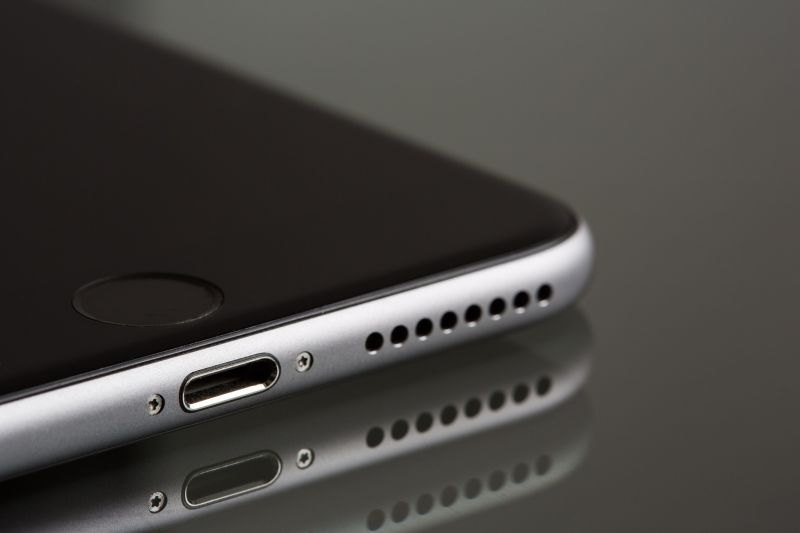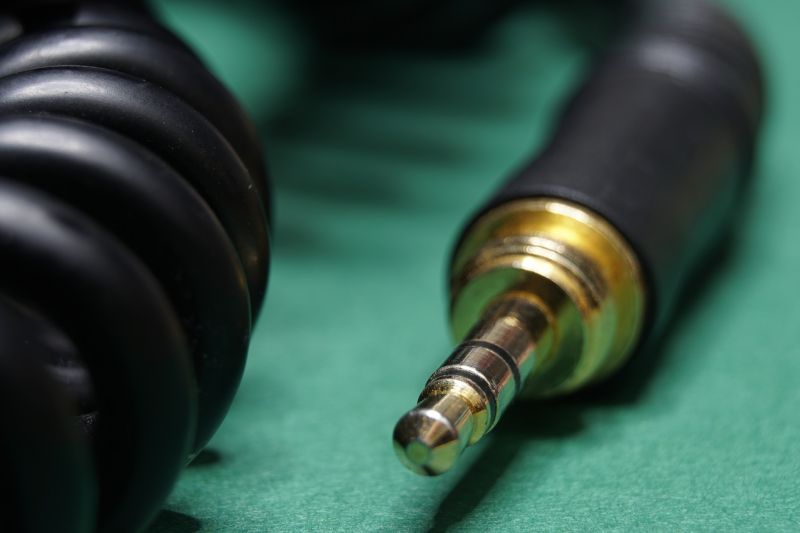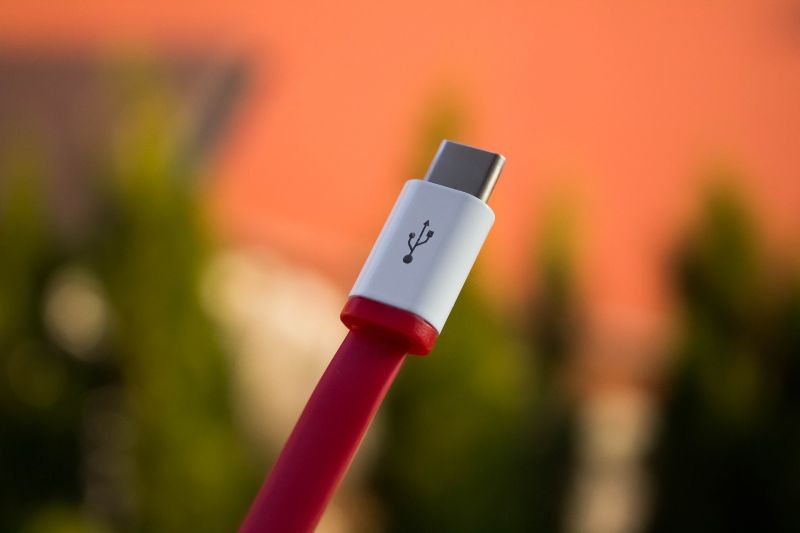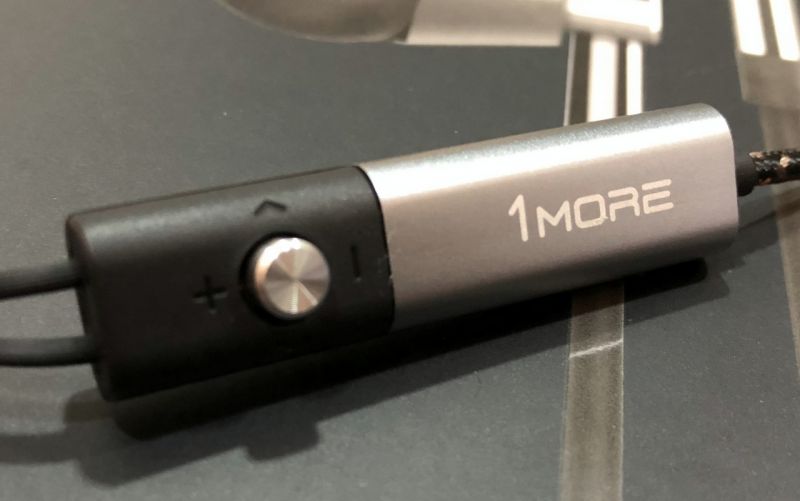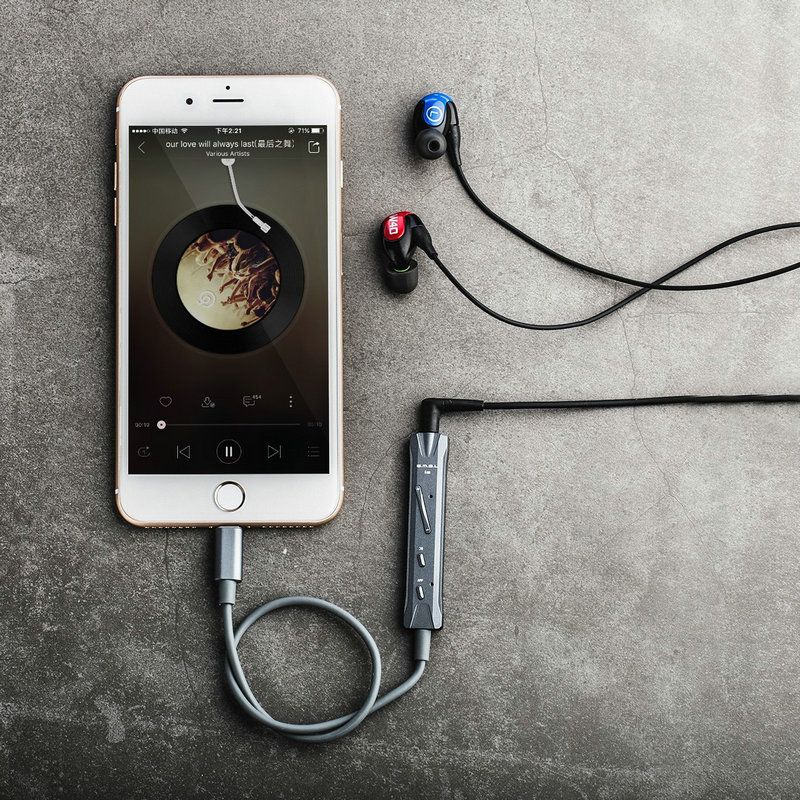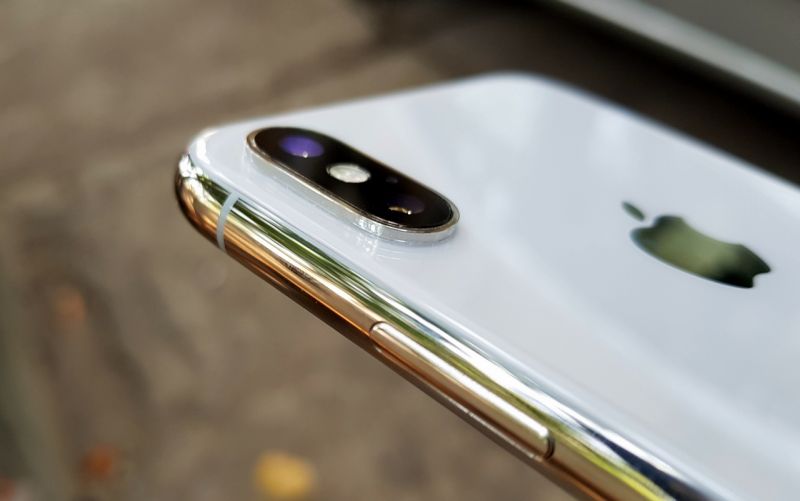The missing headphone jack: A good or bad move?
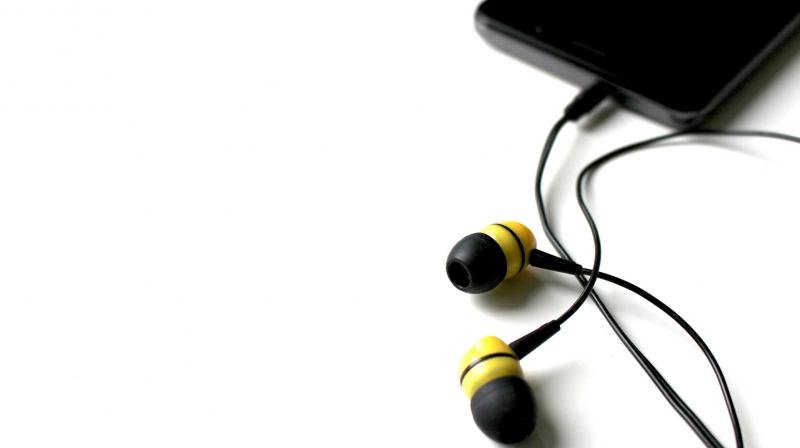
Smartphones and headphone jacks go back a long way. The first iPhone had it. The first Samsung Galaxy S (GT-I7500) had it. For most of us, our first phones had it.
The headphone jack has seen this industry steadily transform and yet has remained constant.
Change, however, is the only constant in this industry, a place where new breakthroughs are made each passing day.
The time has come, when we bid adieu to our beloved 3.5mm jack. Most big names have already parted ways. Those who haven’t are expected to drop it this year too. Effectively, this could very well be the last year we will see the audio jack on most devices. And yet, we see a bright side to this!
We know most of you must be going berserk right now, thinking of the exquisite collection of headphones you bought saving every penny (or asked dad to buy), thinking how to simultaneously charge your phone and listen to your favourite Ed Sheeran chartbusters?
Thinking what is the need to remove it at all?
We can have the same debate about 18:9 displays. What was wrong with the old 16:9 displays? Nothing, in general, if you ask us. Yes, you get a smaller screen to body ratio, meaning a smaller display on a larger phone body/bezel. But does that harm your smartphone experience in anyway? It depends.
18:9 display obviously has its own pros:
It’s breathtaking to look at, gives you more screen real estate in a smaller phone chassis. But are any of these actually of any benefit in the real world?
It’s not as if they’re perfect, bezel-less displays cause problems in reaching the upper end of the display, one hand usability, accidental touches on the screen, and not all apps are well optimised for such displays — especially your favorite old apps that are no longer in development anymore.
And yet, we welcome this change with open arms!
The market is currently flooded with phones having such tall displays. Everybody wants it! It’s not that it will have a great impact on their lives. It’s just that we as consumers of technology are always looking out for small changes. Changes that always brings something new to the market, something that breaks the monotony. Despite the cons, we are ready to make the plunge because we know this is the future. This is how the smartphone industry goes ahead. If not today, then tomorrow the flaws will be rectified.
Same thing can be said about the transition from micro USB to USB-C on smartphones or Apple only providing Type-C ports on the new MacBook line-up. These design choices come with their own flaws, but these are temporary. Initially we will condemn these decisions, but these are things which will prove to be beneficial in the long run — speed, compatibility, size and future accessories.
All these are just examples of existing technologies giving way to new invention.
Similarly, the headphone jack has been with us for too long. It dates back to early 20th century and we think it’s time for it to give way to a new way of listening to music for our own good.
Technically, a 3.5mm headphone jack sends stereo analog signals straight to the earphones. Signals are converted from digital to analog using the electronics within the smartphone itself. Basically, all the necessary conversions are done inside the phone rather than the earphones for audio output. This is done using a DAC - Digital to Analog Converter, which is incorporated within the circuitry of the phone itself. This also makes the headphones compatible with other devices, does not require additional power and also makes headphones cheaper than usual.
A USB-C type port, on the other hand, sends digital signals directly to the earphones where they are then converted into stereo analog signals. All the necessary conversion and amplification is done using the DAC provided within the earphones.
This majorly helps improve the overall audio quality. Analog signals/audio sent out from headphone jack has its own set of flaws. They can pick up electronic noise/disturbances as the sound signals have to travel long wires before reaching our ears. En-route, these wires, which are usually so thin and cannot incorporate high-quality shielding sleeves/mesh, cannot damp the induced disturbances from outside.
Using USB Type-C-based headphones enables audio companies to select their own choice of discrete DAC’s and amplifiers. Companies can tweak the audio output by designing their own DAC components and circuit boards, or use third-party associations. They can ship their earphones with high performance amplifiers and DAC’s built right into them, thereby enhancing the audio experience for the user. This is a major boost for the budget segment of smartphones as companies generally prefer not to use a high quality DAC in this price range.
The inline controls that we currently use on headphones let us control the volume, play/pause and skip tracks. A USB Type-C port can support multiple digital inputs at the same time. This helps in better compatibility and utilisation of the inline controls, meaning more complex tasks could be assigned to the buttons (eg. shuffle, equalizer settings, and a lot more). As all the signals are processed inside the headphones, one can also expect higher/finer bass and better noise cancelling options.
Ditching the headphone jack also helps reduce the thickness of smartphones — though, marginally. A headphone jack has a big hole if you consider the margins companies are dealing with. It’s also pretty deep and as a complete package takes up a lot of space. Add to that the space you save by not having an internal DAC.
An impressive number of phones were waterproof in 2017. In 2018, it has become an essential feature and we expect every phone to come with some sort of waterproofing. By ditching the headphone jack, more companies will be able to waterproof their devices and, in a more secure way as sealing the headphone jack is a rather difficult task.
The wireless industry is also making its way into the mainstream market. Wireless earphones have had a complete overhaul with more and more companies ditching the headphone jack. There has been major development in this segment thanks to the entry of companies like Apple and Google. The Apple Airpods have become a consumer favourite and Google has recently launched the Pixel Buds. People love the Apple Airpods mainly due the ease of use and the no-frills experience. Wireless earphones have a lot of potential and are improving each day. We’re not there yet, but sooner or later the industry will go completely wireless.
All isn’t merry though. When using Type-C, there are chances of data transfer errors because of clock jitters. Jitters are caused by noise or other disturbances in the system. As all the necessary components will be housed inside the earphones itself, prices ought to go up. Additionally, people are rather skeptical about the switch to USB-c. Major questions arise as to what will happen to our existing set of headphones? How to charge your phone while listening to music?
The truth is, when new technology is introduced, it is not flawless. It takes time for it to reach a level before everybody accepts it. There are problems initially but solutions are just around the corner. Afterall, the change has been made for the betterment of the industry as a whole. No one can deny the fact that headphone jack has its own strong points. But, its development was stopped years ago. The same port is being used for decades now. The industry doesn't work on the principle “If it ain’t broke, don’t fix it”.
The transition is undoubtedly difficult carrying around dongles just to listen to your favourite music feels like an added responsibility. But new solutions are coming out everyday. As mentioned earlier, wireless earphones are improving, and the world is moving towards a point where every device has a common connector — USB Type-C.
As far as charging your phone and listening to music simultaneously is concerned, currently you can either use a splitter or wirelessly charge your device. The latter was introduced years back but has gained momentum only in the last couple of years. Manufacturers are moving to glass back devices so that they can implement wireless charging. Flagship phones from Samsung and Apple have wireless charging built-in and more phones are expected to follow suit this year. The charging speeds of wireless chargers are getting faster as the technology is becoming more efficient. There are also accessories available in the market to wirelessly charge your device. Why? Because it’s simple. Just drop your phone on a pad and BAM! it starts charging. No more pulling cables.
The charger life, though not ideal, is the only solution you have if you are on the go.
Despite lacking a headphone jack, devices like the Pixel 2 XL and iPhone X are selling like hot cakes. This shows that we as consumers are willing to accept change. We agree that some of the solutions look half-baked. But we are currently in a phase of transition. Although we may have difficulties coping with the changes being made, we need to look at the bigger picture. These are changes which will shape the future of the gadget world. These are just some short term issues we have to deal with, for long term benefits.
—Deepayan Deb
Click on Deccan Chronicle Technology and Science for the latest news and reviews. Follow us on Facebook, Twitter.

